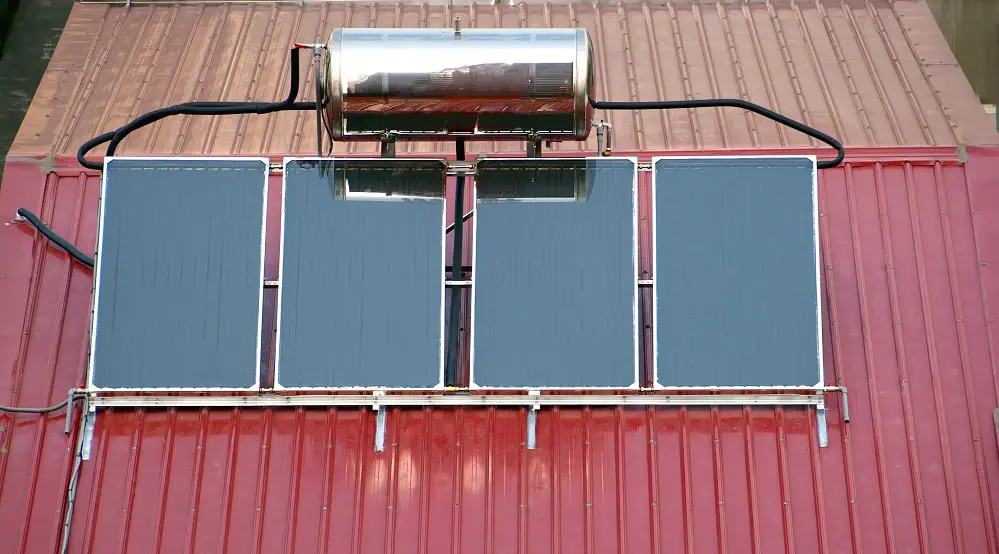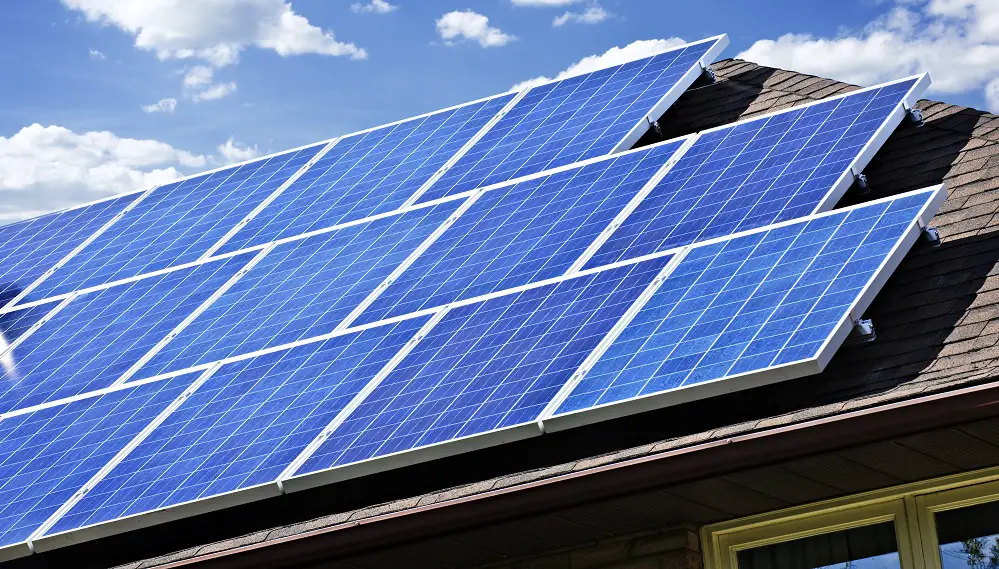For most of us, the mention of solar energy conjures up images of rooftops laden with photovoltaic panels. With the purchase price and cost of installation at their lowest in 10-years, it is obvious to see why so many households are turning to solar power to provide clean, renewable energy.
But – affordable electricity for the home isn't solar power's only objective; there are many more examples of solar energy.
Examples of Solar Energy
Rooftop PV (photovoltaic) panels account for much of this production, although stand-alone devices generate enough power to have made their mark on transport, technology, and industry.
Solar Transportation

If you think the possibility of navigating the world with no reliance on fossil fuels is very futuristic - think again.
Solar Impulse 2 completed the ground-breaking feat in June 2014.
The airplane weighs as much as a family car yet has a wingspan equivalent to a jumbo jet. Lithium batteries absorb sunlight throughout the day and conserve enough power to enable the flight to continue at night and inclement weather.
Commercial vehicles fitted with thin solar mats on the roof are gaining in popularity too.
The transport industry is evolving with this innovative idea; businesses save fuel, reduce emissions, and maintenance costs, and savings are passed onto their customers.
Solar-powered rail is already in its infancy but growing. PV panels installed close to railway lines supply enough power to operate signaling and lights at some UK train stations. There is hope for fully-solar powered trains in the not-too-distant future; bypassing the national grid offers multiple financial benefits to the rail networks.
Hybrid solar-powered cars seem to be stuck with the 'slow' tag, no matter how efficient they are. Technology has advanced so far that vehicles relying on solar energy compete and win against their gas-powered counterparts.
Solar Light

Solar lighting is not just to make a tree look pretty or to highlight a pathway in the back yard, although it is a very effective way of doing so.
Spike or string lights are easy to fit with no need for an electric supply. Instead, small solar panels absorb light from the sun during the day and save it in the battery pack for use after dark.
The same system applies to more powerful LED lights; they require minimal power consumption for optimal lighting. They can illuminate larger areas, entrances, and driveways with ease. Solar-powered security lights fitted with pir technology sense motion and automatically light up.
Solar Heating

Thermal heating relies on roof-mounted panels (collectors) to use the sun's energy to heat water.
The system is relatively simple, yet effective enough to heat between 40 and 70% of the average family's annual hot water requirements.
- Fluid, stored in tubes within each panel, absorbs energy from the sun.
- The hot fluid travels through a heat exchanger and into the hot water storage tank.
- It is dispersed around the pipes as in any standard central heating method.
Energy from the sun is free, therefore, reducing energy bills, improving your carbon footprint, and putting less demand on your boiler.
Solar space heating works in conjunction with all existing heating systems. It utilizes free solar energy, thereby reducing reliance on fossil fuels. With additional heating exchanges, the system heats entire households, along with the water supply.
Similarly, it employs roof-mounted solar evacuated tube panels, also called collectors.
- A fluid, usually corn glycol, circulates in the tubes, absorbing solar energy, before returning to a solar storage tank.
- It circulates through the tank warming the water used in the existing heating system to temperatures between130 and 175°F.
- This hot water runs through your water-powered heating system, effectively providing you with free heat.
With an additional heat exchange, enough hot water generates to supply homes, ideal for summer months when no heating is required.
Solar space heating technology is an extremely cost-effective and efficient way to heat pools.
Rooftop Solar Power

Photovoltaic cells harness energy from the sun to generate electricity. It passes through an inverter where it is converted into the type of power used in domestic and commercial properties.
It is estimated that a 5kw system pays for itself in 6-9 years.
However, not all products or all situations require a full solar-powered array of panels; some stand-alone devices find a small solar charging kit is sufficient.
Devices with DC battery supply need a small inverter to alternate the current to operate from a small individual or series of solar cells.
The list of appliances that can take advantage of clean, free solar power is endless, it includes:
- Refrigerator
- Watches
- Outdoor showers
- Radios
- Telescopes
- Generators
- Keyboards
Community Solar
There are 90-million American households that for one reason or another, cannot install solar panels.
Community solar consists of an array of panels in a centralized location for resident's use.
Once registered, customers receive an immediate reduction in utility bills amongst other benefits:
- Installation is taken care of; there are no concerns if the orientation or structure of your roof isn't amenable to solar power.
- There is no upfront cost; instead of a subscription opportunity to save you money.
- Solar power protects from increasing energy prices and supply disruption.
- Supporting local economy; fossil fuel production relies on heavy industry, solar installation, and logistics is people-powered.
- Less pollution and reduced 02 emissions mean you're doing your part to reduce your carbon footprint and lessen the impact on climate change.
Community solar benefits your household, local economy, and the environment.
Final Thoughts
There are many examples of solar energy at work in our everyday lives.
Residential, corporations, and industry are adopting clean and reliable power in favor of unsustainable fossil fuels.
Great tax incentives and net metering benefits, along with the possibility to earn additional income for extra unused generated energy, highlight the appeal of solar energy.

